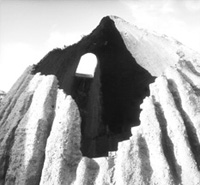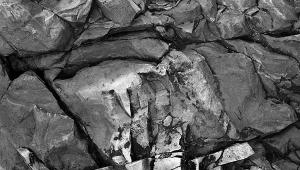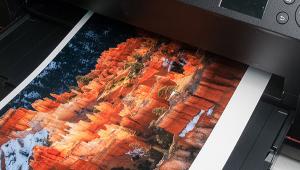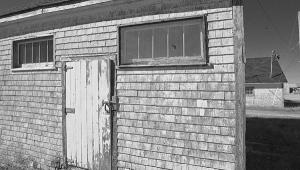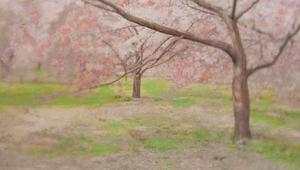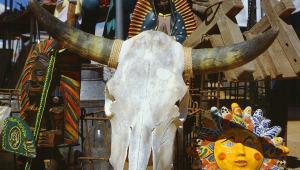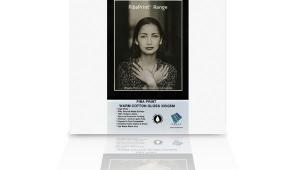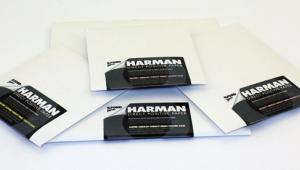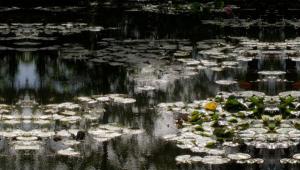Adoramas Ador Variable Grade Fiber Base Paper
|
With the inexorable advance of the digital juggernaut, it's always encouraging to witness the introduction of a new, traditional, photographic paper. Adorama's Ador Variable Grade Fiber Base paper being reviewed here is replacing their previous Adorama/Forte Variable Grade paper. As a "house brand" paper you would expect it to offer significant savings compared to "famous maker" papers, and it does, but you may wonder whether the favorable price point comes at the expense of quality. The short answer, for this paper at least, is no. After all, it's not as if Adorama (or any other large photo supply house) has a paper coating alley in their basement; "house brand" products are, in fact, made by prominent (at least in Europe, where most house brand papers originate), "name brand" manufacturers for private label distribution. Ador Variable Grade Fiber Base paper is of standard double weight, with a slight hint of warmth and a neutral image tone. Contrast range is 0 to 5, and is compatible with any filtration system capable of the requisite densities of yellow and/or magenta. Tungsten, halogen, or VC-compatible cold light sources are suitable. |
|||
Test Setup Test prints were tray processed in Ilford Multigrade developer, diluted 1:9, with exposure to allow a two-minute development time at 70F. Subsequent solutions were Sprint Block Stop Bath, Sprint Record Speed Fixer, followed by Perma Wash Archival High Speed Wash (hypo eliminator) and a 15-minute final wash. I don't use hardener in the fix with most fiber-based papers, as they're pre-hardened in manufacture. An exception is glossy paper destined to be ferrotyped on a commercial drum dryer. Other-wise, over-hardening can make spotting and toning difficult. |
|||
Test Negatives My pet negs all printed at grade-equivalent filtrations between 21/2 and 31/2, each very close to the premium papers I normally use. Latitude was quite good, not requiring anything out of the ordinary in the way of dodging or burning to produce a good print. The paper's medium speed allowed average exposure times with my 6x6cm negs of around 6 sec at f/11 for an 8x8", full frame magnification. The paper also proved quite responsive to precise density and contrast finessing by means of exposure, development time, agitation and filtration (both single and split) variations. |
|||
Paper Consistency Of the many "economy" films and papers I've sampled over the years, nearly all have been at least acceptable, frequently excellent; the few exceptions were likely due to unscrupulous repackaging of outdated materials. As for Ador Variable Grade Fiber Base paper, it has a lot more going for it than just saving a few bucks for starving photography students. Your particular esthetic preferences may ultimately favor a whiter or creamier base or some unique surface finish; however, if a pleasant, "general-purpose" image tonality, coupled with an air-dried glossy (does anyone ferrotype anymore?) or totally glare-free matte finish suits your purpose, then you'd be hard-pressed to find a paper that significantly outperforms this one. Price advantage aside, it's good paper. |
|||
Ador Variable Grade Fiber Base paper is available in all standard sheet sizes (4x6, 5x7, 8x10, 11x14, 16x20, and 20x24) and in various quantities, double weight, in glossy or matte surfaces. To try some yourself, contact Adorama at (800) 223-2500, ext. 41 (for paper and chemicals); www.adorama.com. |
- Log in or register to post comments



